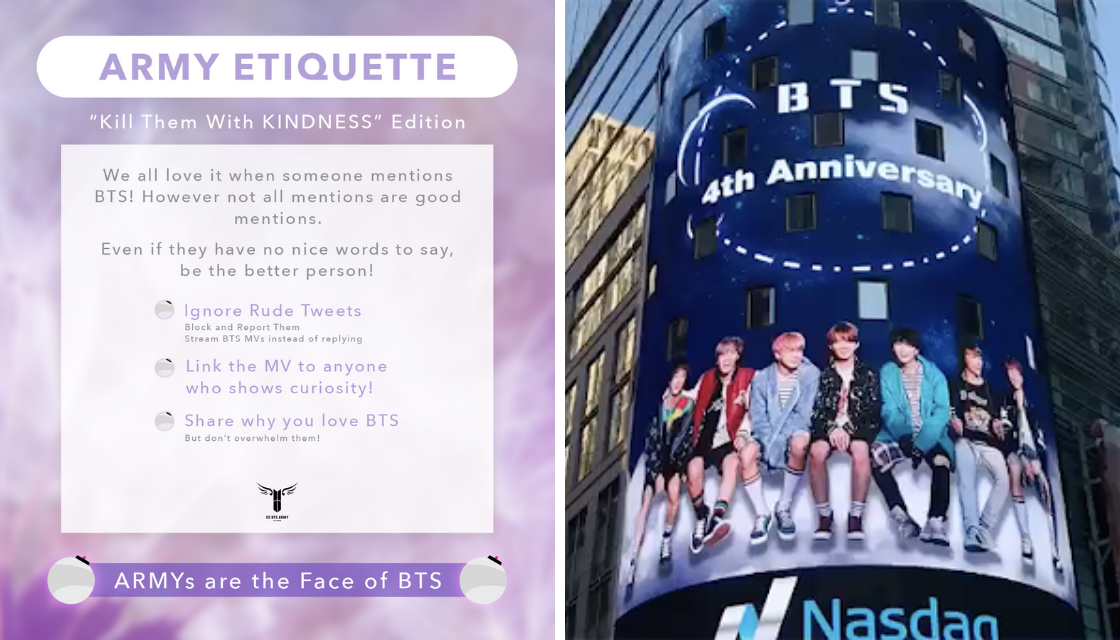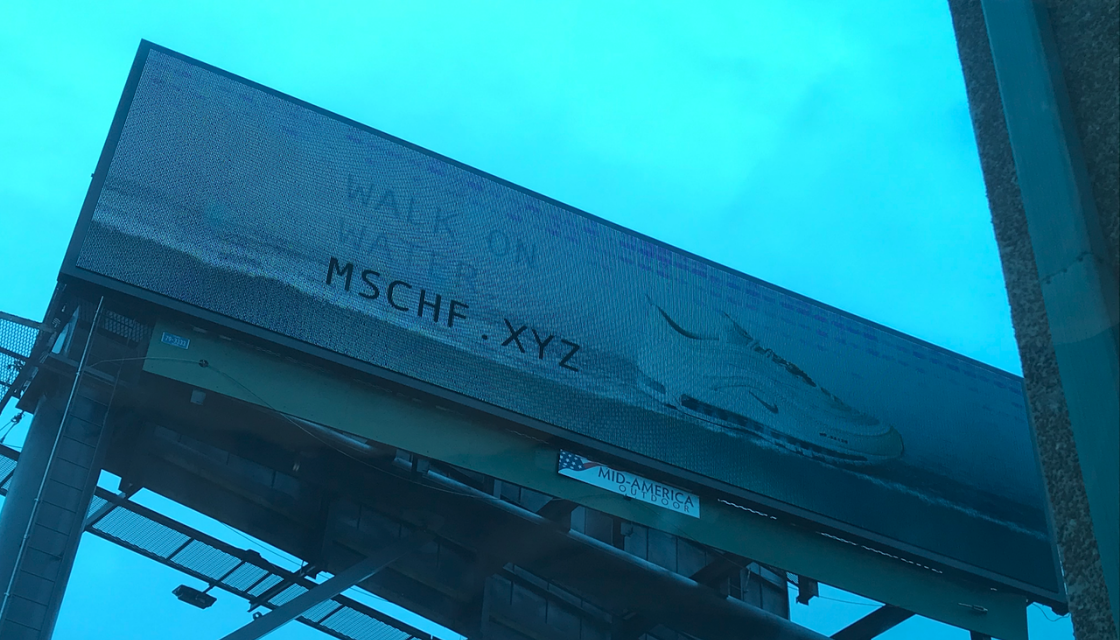The recent rise and fall of “👁👄👁 It Is What It Is” (IIWII) got me thinking about Silicon Valley’s obsession with exclusivity. Why do we always seem to talk about the impossible invites or the hidden corners of the internet that only a select group knows about? IIWII was a great case study in the power of exclusivity to drive virality for a community or product. But where does that power of exclusivity end?
Exclusivity can turbo-charge virality in a fledgling community
Tech twitter has seen two recent examples of how exclusivity can drive virality for early consumer products with IIWII and Clubhouse. In both cases, the intrigue of wanting to know what’s happening behind the scenes drove people to tweet, share, and even beg for invites.
The power of the unknown is perhaps one of the oldest tactics for driving people to openly discuss and speculate. Humans have been doing it for millennia about gods, unsolved murders, even aliens. The allure of secrets is a surefire way to build up mystique and a following - at least up until that following finds out what is actually going on.
Look at IIWII. In 36 hours, they amassed 20K email signups and thousands of tweets with zero product. Simply by teasing that a mysterious “something” was coming, they were able to fully capture the attention of tech twitter to their advantage. Clubhouse was the same story, raising a Series A at a $100M valuation with fewer than 5000 users (along with becoming embroiled in a nasty, though certainly viral, twitter saga).
Ultimately, what is deeply tied to this sense of exclusivity is status. Adding the 👁👄👁 emojis to your handle became the new blue checkmark. It was a way of signaling that you were in the “in-crowd” (the same goes for the not-so-humble brags of “overheard on clubhouse”) - a very visible manifestation of status that creates a viral frenzy for others to achieve that same status while they still can.
But exclusivity alone is a hack, NOT a product
Let me repeat, exclusivity is not a product. It is a very clever tool that can be used to drive virality or prestige, and in many cases value. However, exclusivity in and of itself is not a tangible asset.
At best, exclusivity is a feature. Take Raya, aka “illuminati tinder”, with a waitlist rumored at over 100,000 people. Many might think of exclusivity as the main product here, but the true product is the people. As a feature, exclusivity ensures a certain shared value system, attractiveness level, and often homogeneity of those people, and that’s what consumers are willing to pay for (not to mention the status and privacy that exclusivity enables as well).
The exclusivity of Superhuman, with a waitlist of over 275K three years after debuting their beta, is less a feature and more of a necessity to ensure the highest quality experience (and extensive onboarding) for every user. As founder Rahul Vohra put it,
“[People] assume it's some kind of FOMO generating technique or some kind of false scarcity. Nothing could be further from the truth. The real reason we have the waitlist is that I want everyone who uses Superhuman to be deliriously happy with their experience.”
Cults are good for business.
While many communities may use exclusivity as a way to grow in the early days, the strongest and highest value communities are not exclusive. Twitter, Instagram, Snap - all were completely open to join from day one.
But taken a step further, I believe the future consumer companies won’t just be open platforms. They will be inclusive groups with a deep shared ideology. They will be cults.
A cult is a social group that is often defined by its unusual philosophical beliefs, or intense devotion to an idea or person. Cults welcome all who want to join, so long as they believe.
A perfect example is BTS ARMY (“Adorable Representative MC for Youth”) - the global, self-organized rabid fanbase of K-pop super group, BTS. ARMY is much more than just a fan group. They are revenue generators, marketers, philanthropists, and activists all in the name of the band they adore.
- Money Makers: ARMY will stream BTS songs on repeat for months across multiple devices just to keep BTS at the top of the charts. They broke the YouTube record for most streams of a single video in 24 hours, amassing more than 74M views for the music video of Boy with Luv. As a result, BTS was the #2 best selling musical act in 2018, after Drake (and continues to maintain its position in the top ten)
- Marketers: ARMY is basically a free PR firm for BTS. They launch the top trending hashtags worldwide just for a band member’s birthday, they publish etiquette guidelines to ensure all ARMY represent the band and community well, and they will unleash their ire on anyone who has so much as a negative tweet about the band. Oh, and did I mention they even buy out billboards in Times Square to demonstrate their love for the band?
- Change Agents: After BTS made the largest celebrity donation to #BLM of $1M, ARMY launched a campaign under #MatchAMillion and collectively raised over $1.2M in 24 hours. They have a fan-organized monthly charity program, One In An Army. Today, ARMY has a clear set of processes with which to indoctrinate new members and influence them to support the broader goals of ARMY. With millions of “members,” ARMY perhaps has more influence than the band itself.
ARMYs self-organize (and self-police) to present a unified face of the band. And, ARMY's regularly spend $$$$ on Times Square billboards to honor BTS.
At this point, BTS has proven itself to be a multi-billion dollar brand, built upon the backs of a cult-ish following - the entertainment company that houses the band, Big Hit Entertainment, just filed for an IPO. And unlike “exclusive clubs,” the only pre-requisite to be an ARMY, is to love BTS.
Internet Cults == Internet Culture
So what does it look like for a tech company to lead a cult on the internet? Well it might look something like MSCHF. Dubbed the “Banksy of the Internet” or “the most infamous internet brand you’ve never heard of,” MSCHF has built up a massive cult following through their subversive products and content.
Chances are you’ve seen their work: MSCHFBox, Jesus Shoes, Severed Spots, The entire series of The Office played out over Slack, Finger on the App x Mr. Beast. They are seemingly everywhere and nowhere at the same time. Like BTS, there’s no exclusive invite to join the MSCHF cult - you just have to appreciate what they do and know that they exist. While there are tens of millions of people who have engaged with the brand, being a “fan” still feels exclusive. To be in the know about MSCHF means you appreciate their subversive commentary, you’ve seen them break the rules and get away with it, you can’t describe it, but you feel like you get it. You are part of the MSCHF cult.
And if you were doubting whether or not MSCHF is a true cult, here are a few quick stats:
- Shared Language: With every drop, MSCHF publishes a manifesto, explaining the meaning behind the product and what it represents. It is this type of lore that builds the shared ideology across the MSCHF cult.
- Loyal Customers: MSCHF drops sell out within minutes, with fans buying everything from a $15 book, to a $480 painted dot, to a $1400 shoe. The cult following has granted MSCHF nearly unbounded price inelasticity.
- Fanaticism: Google “MSCHF” and you’ll find hundreds of thousands of press mentions and tweets (The press seem to be fans too) - creating virality for nearly every product drop. Did I mentioned there’s apparently at least one confirmed fan tattoo?
- BTS status: Fans have self organized to sponsor at least one MSCHF billboard … sound familiar?
MSCHF Fans sponsoring a billboard in NYC to honor their fave brand.
Perhaps it is not surprising that cult and culture come from the same Latin origin, cultus - meaning “tilling, cultivation,” “training or education” and “adoration.” MSCHF is planting seeds across its internet cult fanbase - seeds that just might blossom into a mass-market internet culture in the near future.
---
A lot has been written about 1000 or even 100 true fans being necessary for a viable business on the internet. If any group were to have true fans, it’s a cult. These fans are worth 1000X a typical customer. If you can have 1M fans who are willing to spend $1000 a year with you (and are also willing to be your marketing machine along the way), that’s $1B in annual revenue. Now that’s a cult I would join.
.png)

